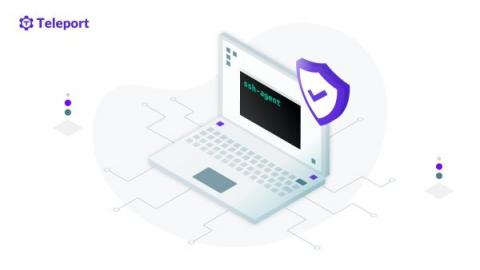How to Use SSH Agent Safely
The SSH agent (ssh-agent) is an SSH key manager that stores the SSH key in a process memory so that users can log into SSH servers without having to type the key’s passphrase every time they authenticate with the server. In addition to the key management feature, SSH agent supports agent forwarding, which helps to authenticate with servers that sit behind a bastion or jump server.











